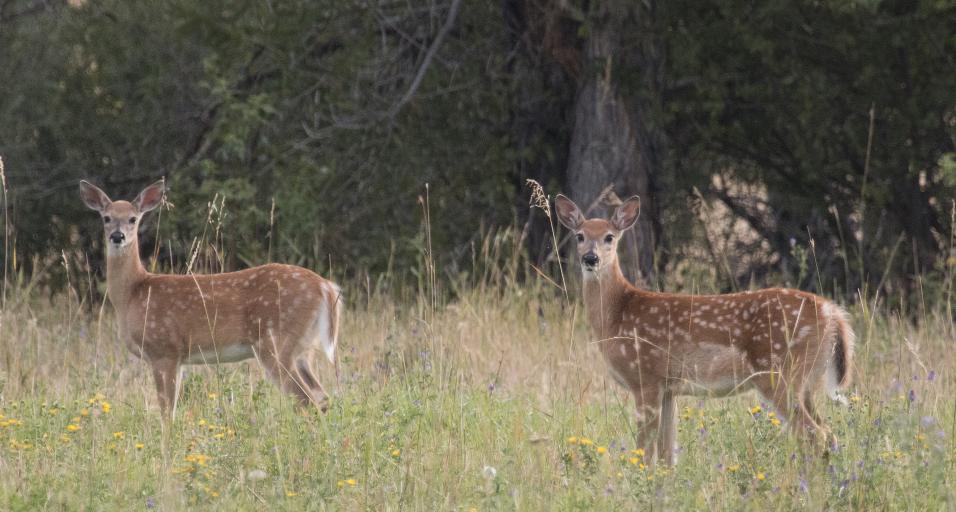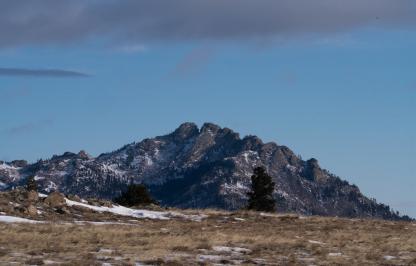The Wyoming Game and Fish Department continues to monitor an outbreak of epizootic hemorrhagic disease (EHD), a virus that primarily impacts white-tailed deer and pronghorn. The department has confirmed a growing presence of the disease from samples taken from dead deer and pronghorn in the eastern side of Wyoming.
The presence of EHD is not uncommon in times of drought and hot weather, especially where wildlife congregate around small water holes where the disease-carrying biting midge lives. Wyoming’s wildlife managers see EHD in big game every year. However, some years have greater impacts than others, and 2021 is shaping up to be one of them.
“The number of deer and pronghorn affected is expected to increase until the first hard frost kills off midge populations,” said Doug Brimeyer, deputy chief of the wildlife division. “With persistent warm temperatures into the fall, we anticipate seeing more cases, especially in the Black Hills.”
Game and Fish is tracking the spread of the disease online and has a map of identified locations. The map locations represent lab-confirmed distribution, but not the intensity of the disease. Once an area is documented, the lab won’t continue to sample there.
EHD is not spread by animal-to-animal contact; rather, transmission occurs when a host-animal with the virus is bitten by a midge. When the midge bites another animal, the virus spreads.
The disease typically occurs in the fall, especially in dry conditions coupled with drought, where there tend to be more outbreaks. As water holes shrink, animals become more concentrated, so it is easy for midges to transmit the virus.
The disease impact in Wyoming is not expected to be uniform. EHD is known to wax and wane in deer and pronghorn populations, and not all animals that are exposed to the virus will die. Some develop an immunity. Wildlife managers expect areas with high white-tailed deer will be impacted the hardest and some isolated pronghorn areas. The disease cycles every 7-10 years.
This fall, hunters should be aware of the disease, but shouldn’t be concerned about contracting EHD or spreading it to their pets. Humans are not at risk of contracting the disease. Game and Fish will continue to monitor the extent of the disease across the state.
EHD outbreak persists in deer, pronghorn
Sara DiRienzo, Public Information Officer - (sara.dirienzo@wyo.gov)


